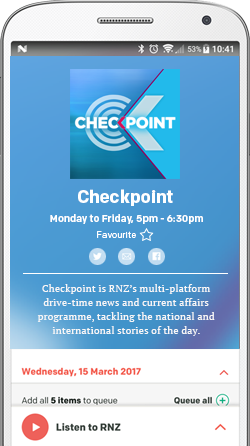4 Mar 2024
Recent stories from In Depth Special Projects
- Room for the river: The future of Hawke's Bay's Ngaruroro River
- One woman’s decade of over 300 ECT treatment she didn’t need
- NZ at the centre of cross-govt group sharing millions of personal traveller records between countries
- The truth about the shadowy ‘Migration 5’
- Why Pākiri locals fear the Government’s Fast Track Bill could steal away protection of their pristine coastline


